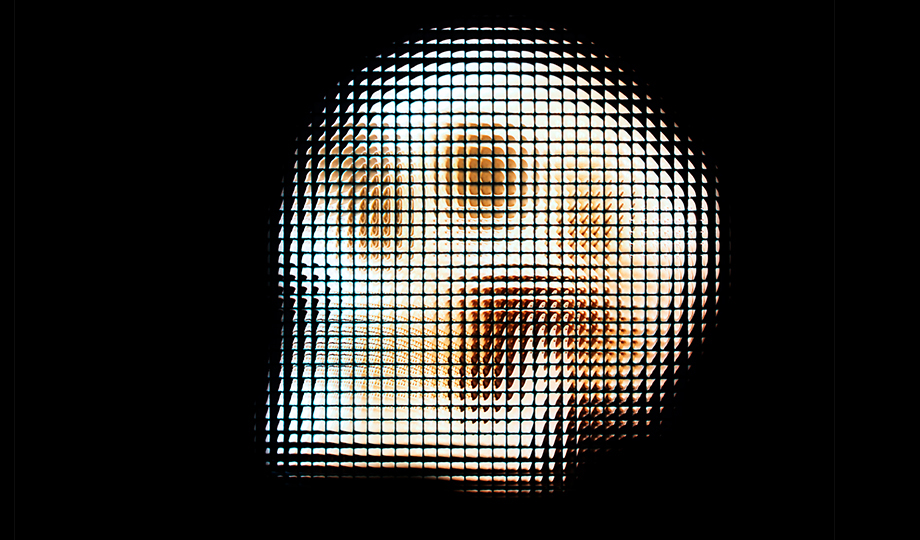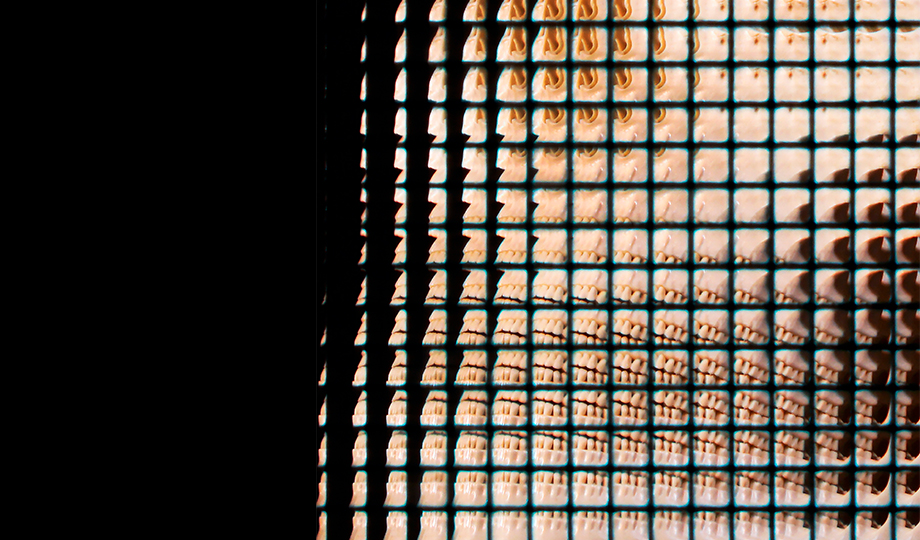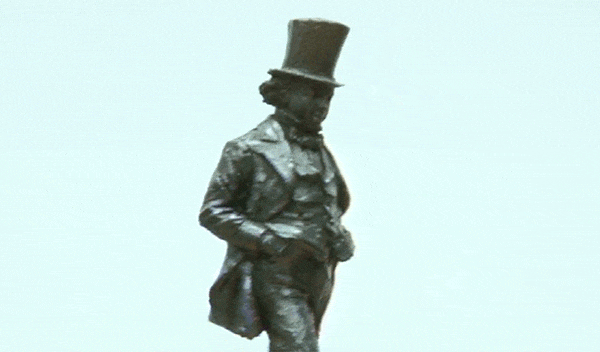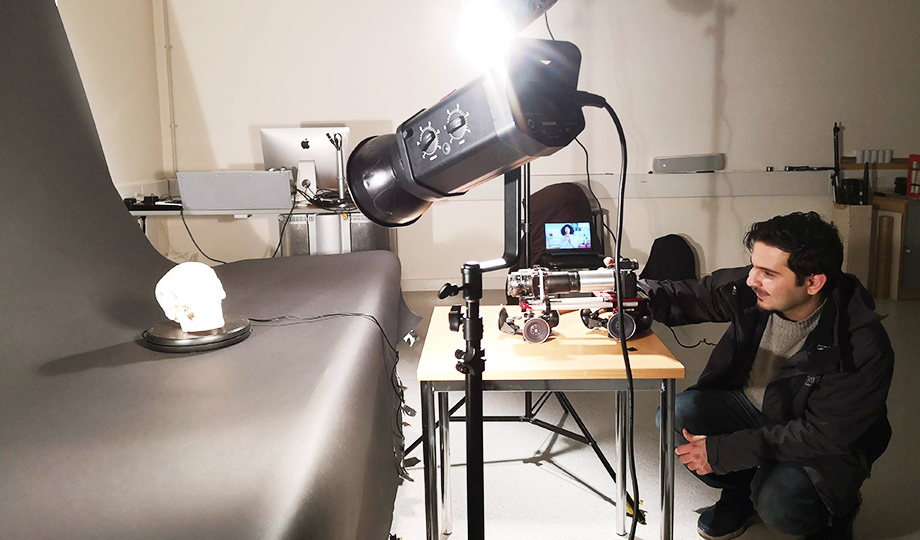These unprocessed holograms were captured using a one-of-a-kind single-lens holoscopic 3D camera – a unique system developed over the past decade by researchers at Brunel University London.
Inspired by a fly’s eye, the device features a micro-lens array that allows the user to easily capture any object from multiple perspectives with just a single shot using a standard off-the-shelf DSLR camera.

In this example, from a distance the viewer sees the distinct shape of a human skull, but on closer inspection, an intricate array of tiny angled windows reveals hidden planes of perspective not available to a standard camera.

The image, captured as a RAW or JPEG file, can be processed using a computer into a hologram, which is then viewable from eight angles using a special multi-angle display. A horizontal parallax effect bestows the image a seemingly physical, three-dimensional form, allowing the viewer to ‘move around’ the image. The system can also capture video.

Where previous holographic systems have relied on multiple cameras and an expensive setup, Brunel’s system requires just a single camera, operated by a lone-user.

It’s hoped the camera will one day be used as a quick, cheap and efficient means of capturing holograms for use across a range of industries – including scientific, cultural heritage and education.
<iframe width="920" height="518" src="https://www.youtube.com/embed/cLmm-PX8JB0?controls=0" frameborder="0" allow="accelerometer; autoplay; encrypted-media; gyroscope; picture-in-picture" allowfullscreen></iframe>
For further informaiton on the Brunel Digital Science & Technology Hub, please visit: brunel.ac.uk/research/Centres/Brunel-Digital-Science-and-Technology-Hub
Reported by:
Tim Pilgrim,
Media Relations
+44 (0)1895 268965
tim.pilgrim@brunel.ac.uk